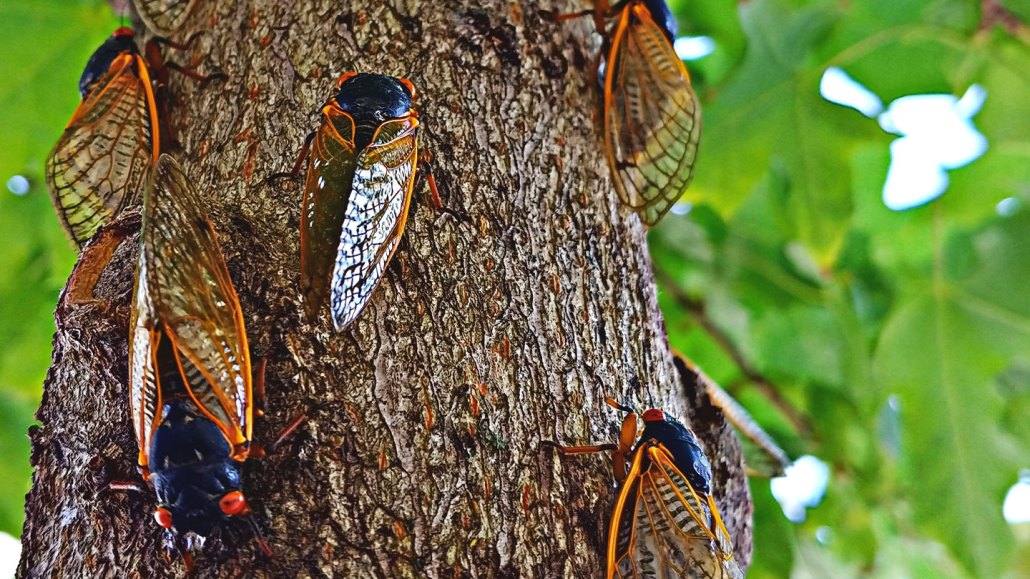
Every 13 or 17 years, massive numbers of periodical cicadas emerge across the eastern United States, filling the air with their din as they scramble to mate.
Sarah Ross/iStock/Getty Images Plus

Every 13 or 17 years, massive numbers of periodical cicadas emerge across the eastern United States, filling the air with their din as they scramble to mate.
Sarah Ross/iStock/Getty Images Plus